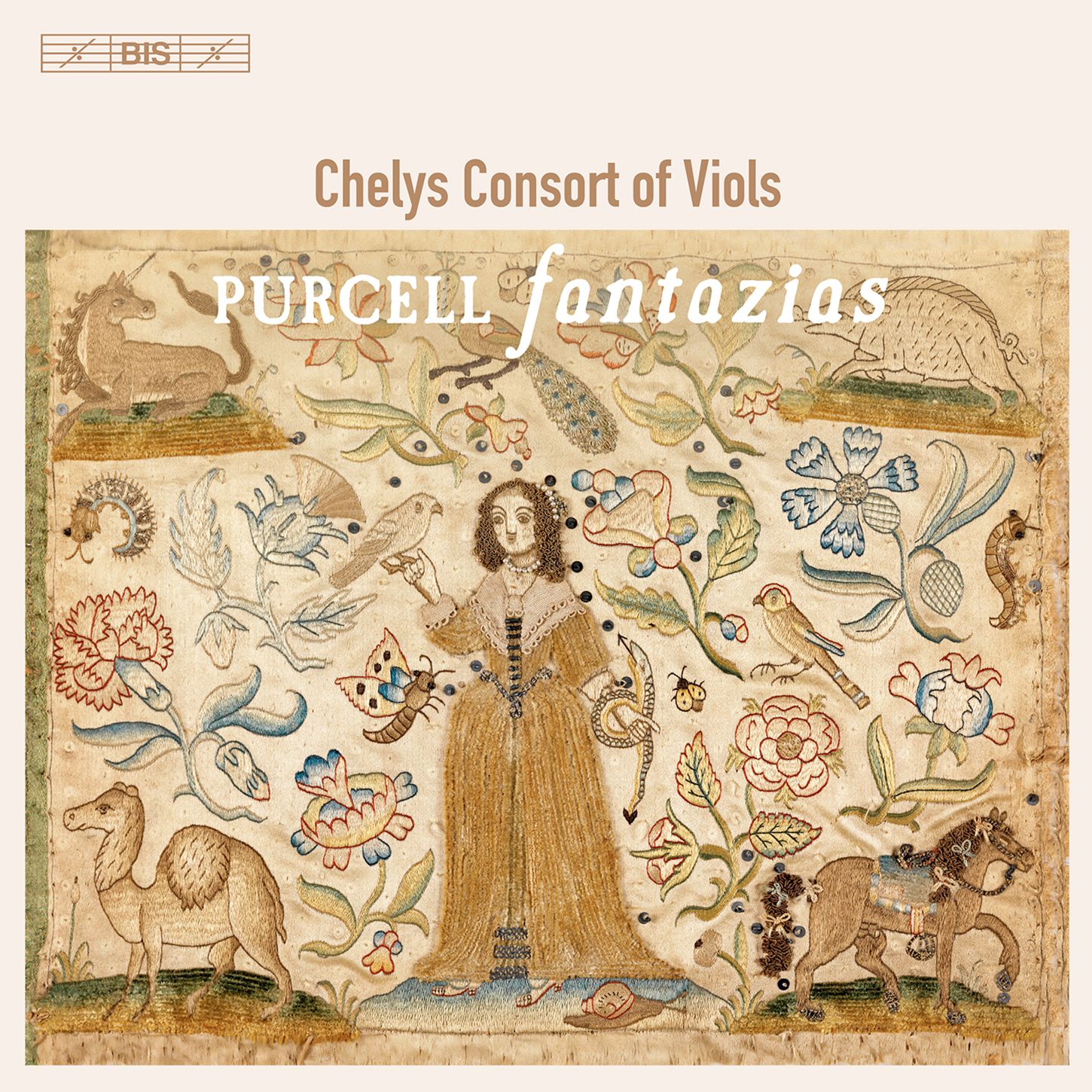Purcell Fantazias on BIS

There is an aura of mystery around some pieces. Bach's Die Kunst der Fuge (The Art of Fugue) is one such; Purcells' set of viol Fantazias is another. They were entered into a manuscript entitled "The Works of Hen Purcell, Anno. Dom. 1680".
While much of Purcell's output is at least location-specific (theatre or church) these exist suspended in time. The set uses between three- and seven-part counterpoint, often complex, always hyper-beautiful. Listen to the solemn beauty of this Fantazia à 4 in D minor, Z 739 and how even within this expressive remit, Purcells creates significant contrast in the next piece, Fantazia in A minor, Z 740:
These works are a consciously anachronistic distillation of an old style, railing against then-"modern" sounds (dance-based music with lively rhythms and hummable tunes). You can hear in the examples above the superb pergformances by the Chelys Consort of Viols - heard on SACD through a good system, the effect is transportative to another time and place - or perhaps even an extra-temporal place!. The interaction of lines is a joy throughout, thanks in no short measure to the consort's sense of style, and the superb recording (Girton College Chapel, Cambridge).
Again like the Bach Art of Fugue, it isn’t even clear exactly what kind of ensemble they were intended for. Viols make sense given the writing, but the distribution Purcell uses doesn't always map on to to standard sizes of viol consort. Maybe performance was rare or non-existent (putting them, like that Bach, into the territory of the mind).
There is a fascinating booklet essay with thsi disc by Ibrahim Aziz in which he points out the similarlity of the Purcell Fantazias to those by another English composer, Matthew Locke. Here's a rather nice video (the video itself helpfully illustrates instruments used etc) of Locke's Fantazia for six viols:
Another aspect we can hear in Purcell's music is his use of chromaticism and dissonance. We need only to think of the chromatic ground bass to "Dido's Lament" to find Purcell's most famous example. Here's Dame Janet Baker, and the Ground bass begins at 2"30 in:
In amongst these wonderful Fantazias, the Chelys Consort strews a selection of pieces from dramatic works (the Rondeau in B flat and the "Chaconne: Dance for a Chinese Man and Woman" from The Fairy Queen, "Two in One Upon a Ground" from Dioclesian). Let's hear the decidedly gallant "Dance for a Chinese Man and Woman":
A celebration of beauty but also a vital part of the jigsaw of Henry Purcell's life, the Fantazias represent shining examples of an era already passing at the time of composition. It is remarkable that Purcell was only 20 - Heaven-sent inspiration, perhaps!
